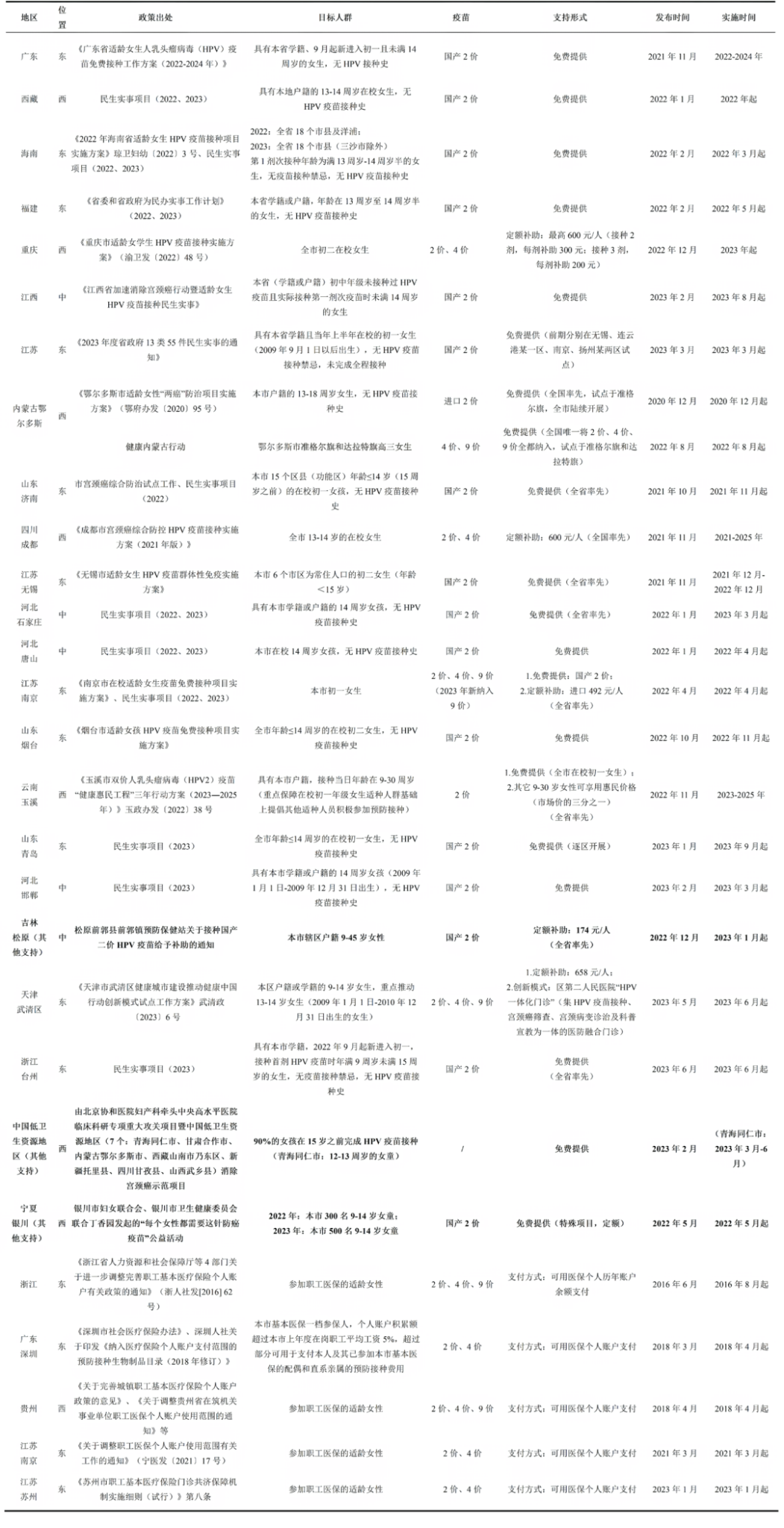Journal Article Recommendation
01
Long-term protective efficacy of the Escherichia coli-produced HPV-16/18 bivalent human papillomavirus vaccine in women vaccinated at 18–45 years: A 9-year follow-up study
This study, authored by Youlin Qiao et al. and published in Infectious Medicine, aimed to evaluate the long-term protective efficacy of recombinant HPV-16/18 bivalent human papillomavirus vaccine (produced in Escherichia coli), commercially known as Cecolin®, among women aged 18–45 years. Based on a multicenter, double-blind, randomized controlled phase III trial (NCT01735006), the long-term follow-up (LTFU) was conducted in September 2022 in Xinmi, Henan Province, one of the five original trial sites. All healthy, non-pregnant participants from the original cohort were invited to participate. The study assessed the durable vaccine efficacy (VE) against HPV infection 72 months post-vaccination, with a median follow-up duration of 5.5 years.
The analysis was based on baseline(0 days before vaccination) and 2022 follow-up data, excluding interim follow-up cases. The dataset was categorized into the intention-to-treat (ITT) set, the modified intention-to-treat (mITT) set, and the baseline HPV DNA-positive analysis set. The ITT set included participants who received at least one dose and completed effective follow-up in 2022, reflecting real-world vaccine effectiveness. The mITT set excluded those who tested HPV DNA-positive at baseline, thus assessing efficacy in HPV-naive individuals. The baseline HPV-positive set was used to analyze the vaccine’s effectiveness in participants with prior HPV infection.
A total of 1 123 volunteers were recalled, comprising 558 individuals in the experimental group and 565 in the control group, with mean ages of 30.80 ± 7.33 years and 30.64 ± 7.51 years, respectively. 147 participants (13.09%) were infected with any type of HPV. In the ninth year of follow-up, the overall HPV infection rate of the entire cohort was 16.65%, with infection rates for HPV-16 and 18 recorded at 1.25% and 2.45%, respectively. In the ITT analysis, the vaccine showed protective efficacy of 83.12% (95% CI: 24.20–98.17) against HPV-16, 100.00% (95% CI: −10.50 to 100.00) against HPV-18, and 87.34% (95% CI: 46.17–98.59) against HPV-16/18. In the mITT analysis, the corresponding efficacies were 82.90% (95% CI: 23.20–98.14), 100.00% (95% CI:−10.71 to 100.00), and 87.37% (95% CI: 46.20–98.59), respectively.
These findings confirm that the E. coli-produced HPV-16/18 bivalent vaccine provides robust and sustained protection for at least 9 years post-vaccination. The vaccine maintained high effectiveness against both HPV-16 and HPV-18, with no evidence of efficacy waning. Although the study explored potential cross-protection against other high-risk types (e.g., HPV-31, 33, 45), statistically significant protection was not observed.
As the first 9-year LTFU study of this E. coli-produced vaccine, the results offer important evidence on the durability of immune protection, supporting broader implementation in women’s health programs. The authors call for future research to evaluate long-term efficacy against HPV-related precancerous lesions and cervical cancer, and to optimize vaccination strategies that enhance population-level coverage and contribute to cervical cancer elimination.
https://doi.org/10.1016/j.imj.2025.100164
02
Longitudinal association between parents’ reported vaccination program preferences and children’s actual immunization patterns in Shanghai, China
This study, authored by Zhuoying Huang, Xiaodong Sun et al., published in BMC Public Health, aimed to investigate parents’ preferences for childhood vaccination programs in China and examine whether these beliefs influence the actual vaccination decision-making for their children, thereby informing strategies to optimize the national immunization schedule.
Using a prospective cohort design, the researchers linked responses from a parental preference survey conducted in Shanghai in 2017—when the children were ≤3 months old—to immunization records collected in 2020. Latent class analysis (LCA) was used to categorize preferences among 469 parents into four distinct groups: governmental clinic advocates (20%), careful deciders (45%), convenience-focused (19%), and those preferring less co-administration (16%). Logistic regression analysis was used to explore the association between immunization patterns and respondents’ LCA results.
Results revealed that, although parents expressed significant heterogeneity in vaccine preferences, there was no statistically significant association between preference classes and children’s vaccination status. Socioeconomic status, however, was a notable factor. Compared with local residents, children with rural non-local residency were significantly less likely to receive combination vaccines (OR=0.34, 95% CI = 0.17–0.71). Furthermore, parental vaccine hesitancy was linked to a 76% reduction in the likelihood of their children receiving imported vaccines (OR = 0.24, 95% CI: 0.10–0.59). Overall, 91% of children had received at least one imported vaccine, 66% had received a combination vaccine (e.g., pentavalent), and by 6 months of age, they had completed an average of 7 immunization visits—reflecting high acceptance of new and optimized immunization strategies among Shanghai families.
The study concluded that while parents voiced concerns regarding vaccine scheduling and administration, these did not appear to substantially impact children’s actual vaccination statuss, potentially due to parents’ high compliance with physician recommendations. It also underscored the influence of residency status and household income on vaccine access, with rural non-local families facing higher financial and informational barriers. The authors recommend that policymakers introduce targeted subsidies, strengthen vaccine education efforts, and promote the use of combination vaccines to reduce injection burden and improve national vaccine coverage.
https://doi.org/10.1186/s12889-025-22253-x
03
Socioeconomic disparities in HPV vaccine uptake: multivariable analysis of vaccination data from Tianjin (2018–2023)
This study, authored by Xuan Sun et al. and published in Frontiers in Public Health, presents a systematic assessment of equity in HPV vaccine uptake in Jinnan District, Tianjin, China, drawing upon individual-level immunization records between 2018 and 2023. Utilizing socio-demographic profiling and hierarchical logistic regression, the study identifies key predictors of vaccine type selection and highlights disparities in vaccination behavior.
A total of 33,002 female recipients were included, with a mean age of 33 years. Age-stratified access revealed the highest proportion of recipients among women aged 33–38 years (29.6%) and 39–44 years (21.9%), contrasting with less than 1% participation in the 9–14 year-old cohort. Educational attainment was notably high among vaccine recipients, with 87.3% holding at least a bachelor’s degree. Urban-rural differences were pronounced: 99.7% of recipients resided in urban areas, with only 0.3% from rural regions. Vaccine-type selection showed socioeconomic patterns, with 9-valent vaccines preferred by urban professionals (OR = 1.577, 95% CI: 1.16–2.142) and those with incomes above 5000 yuan (OR = 1.958, 95% CI: 0.26–3.527).
These findings illustrate stark socioeconomic disparities in HPV vaccine uptake, consistent with Hart’s Inverse Care Law, whereby individuals at lower risk (e.g., urban, higher-income groups) are more likely to benefit from immunization services than those at higher risk (e.g., adolescents and rural residents). The study proposes several policy recommendations to enhance vaccine equity and achieve the WHO’s 90% coverage target by 2030: (1) implementing school-based mandatory vaccination policies for pre-sexual debut cohorts; (2) integrating HPV vaccination into rural social insurance programs to lower financial barriers; and (3) accelerating the development and subsidization of domestic 9-valent vaccines to expand accessibility based on demonstrated need. This research provides robust evidence to inform the optimization of HPV vaccination strategies in China and offers critical insights for achieving equitable prevention of cervical cancer nationwide.
*Hart’s Inverse Care Law refers to the phenomenon whereby the availability of quality medical care tends to vary inversely with the population’s actual need for it. In other words, individuals with higher socioeconomic status and better health are more likely to receive greater access to healthcare resources, while those in greater need—often from disadvantaged or underserved groups—face significant barriers in obtaining adequate care. This principle highlights systemic inequities in healthcare distribution and is particularly evident in the field of public health services.
https://doi.org/10.3389/fpubh.2025.1428267
04
Vaccination, Public Health and Health Communication: A Network of Connections to Tackle Global Challenges
This article published in Vaccines, systematically explores the multidimensional interconnections of vaccination within contemporary public health systems, focusing particularly on immunization for specific populations, the complex determinants of vaccine hesitancy, digital communication, and public health strategies. By combining bibliometric and semantic network analyses, the study synthesizes findings from 29 scholarly articles, extracting 146 standardized keywords and using VOSviewer software to construct a keyword co-occurrence network. Centrality and modularity indices were calculated to reveal the network structure and emerging trends related to vaccination.
The analysis highlights that vaccination is the central node of the network, around which three key thematic clusters revolve: population-specific immunization, digital communication and information management, and vaccine hesitancy with corresponding mitigation strategies. The findings support the importance of developing tailored immunization policies for specific groups such as the elderly, children, pregnant women, and vulnerable populations to enhance both coverage and equity. Flexible vaccination strategies are emphasized to better address population-specific needs and optimize public health interventions.
Digital communication plays a dual role: while it significantly improves the efficiency of health information dissemination, it can also contribute to the rapid spread of misinformation, thereby influencing public perceptions and decisions. The study points out that precision communication strategies, scientific information governance, and the critical role of health professionals in vaccine-related communication are key to improving vaccine acceptance.
Vaccine hesitancy continues to pose a major barrier to global immunization efforts. Key drivers include persistent safety concerns, misinformation on social media, and waning public trust in health systems. The authors emphasize that strengthening health worker training, deploying evidence-based messaging, and engaging communities through educational initiatives are vital strategies to counter hesitancy and improve vaccine uptake. The use of big data and personalized communication tools is also suggested to enhance campaign targeting, reduce antimicrobial resistance, and improve overall health system responsiveness.
Finally, the integration of digital health technologies enables real-time monitoring and enhances the resilience of immunization systems. Despite promising opportunities, these technologies also introduce ethical and privacy concerns that must be addressed through transparent and equitable data-sharing frameworks. The success of vaccination strategies ultimately depends on multisectoral collaboration involving governments, research institutions, and civil society to ensure equitable access to vaccines and narrow health disparities.
https://doi.org/10.3390/vaccines13030245
Policy Updates
01
Gansu province initiated HPV vaccination subsidy for eligible girls
The General Office of the Gansu Provincial Government recently issued the Implementation Plan for Ten Practical Public Welfare Initiatives in 2025, which includes a program to provide subsidized HPV vaccination services for 100,000 eligible girls across the province.
The subsidy targets female students in the first and second year of junior middle school (born between September 1, 2011, and September 1, 2013) who hold Gansu household registration or school enrollment status, have no history of HPV vaccination, and have no contraindications to vaccination. Each eligible individual will receive subsidies for two doses of the HPV vaccine, with a standard subsidy amount of RMB 180 per person.
Source: Gansu Women
Content Editor: Ziqi Liu
Page Editor: Ziqi Liu





